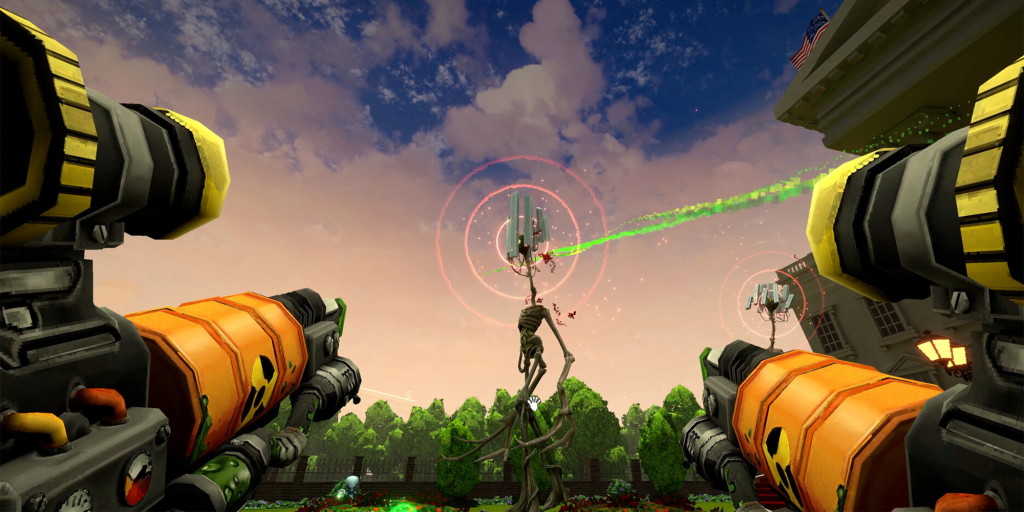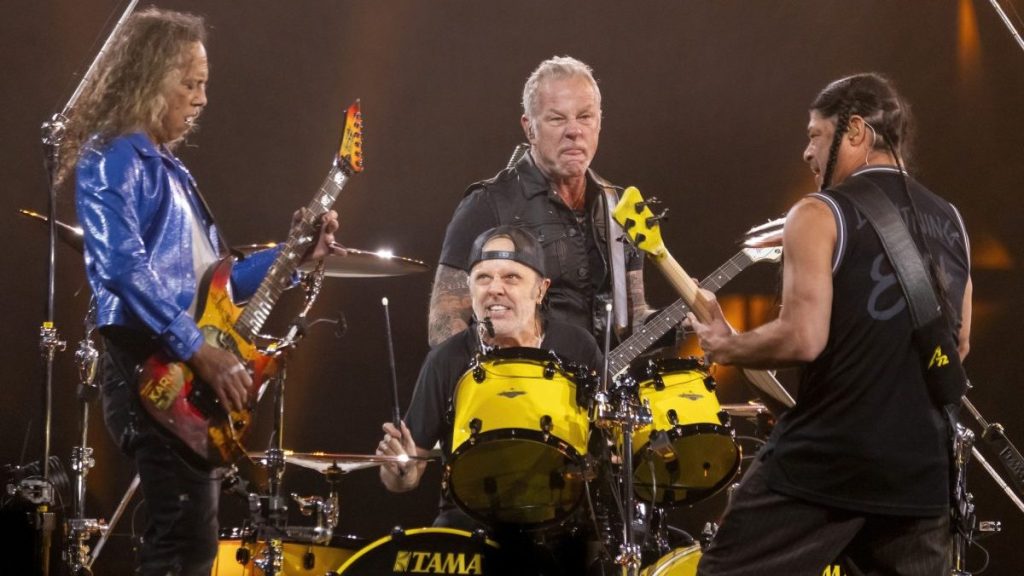Ukrainian forces are consuming ammunition in the fight against Russia at a rate not seen in Europe since World War Two, according to multiple NATO officials, who warn that without a major expansion of the West’s industrial base to produce equipment, stockpiles could run out.
While NATO governments have occasionally publicly debated supplying Ukraine with modern tanks, air defence systems, advanced fighter jets and long-range missile systems, the willingness of Ukraine’s allies to supply vast amounts of less exotic ammunition for tanks, artillery systems, and anti-aircraft guns has been the backbone of the effort to keep the Russians at bay. And these types of conventional weapons – in particular large 155mm artillery shells – are being used at a rate that far exceeds the current industrial capacity of both the US and its NATO allies, according to a NATO military official, who spoke with VICE World News on the condition of anonymity because they weren’t authorised to speak on the record and the subject is currently being discussed privately among NATO allies.
Videos by VICE
“The advanced Javelin and NLAW [anti-tank] systems got a lot of attention in the early days of the invasion but while very useful on defence and hard, not to mention expensive, to immediately replace, it’s the conventional artillery that’s playing the most important role,” said the official.
“The US has large stocks of shells, warheads and bombs but since the end of the Cold War, there’s been little urgency to produce new shells in the numbers suddenly required in Ukraine,” said the official. “The system is designed to slowly replace older stocks and training requirements, not the use of thousands of rounds a month for a yet undetermined amount of time.”
The official said large NATO stockpiles of shells have been transferred to Ukraine by both the US and European NATO partners, but that, “European militaries acquire or supply their own smaller requirements but are designed to be supplied by American industries in the case of war.”
“But the US military is, at least theoretically, designed to fight two major wars at once, one in Europe and one in Asia, with wargames expecting the opponent to be Russia and either China or North Korea respectively,” said the official. “And continuing to maintain this capacity, while supplying Ukraine at a rate nobody planned for requires an immediate shift to new levels of production requiring a capability that could take time to develop.”
NATO defence ministers met in person on Tuesday in Brussels, with lower level staff spending the week discussing the situation in order to find a solution to a problem that military experts have been warning about since last year, but offers few easy answers beyond spending billions to redevelop industries the West had shut down since the 1990s.
“It’s something we all know about, but don’t know what to do about it,” a senior NATO defence official told CNN on Tuesday.
On Monday, in a speech opening the meeting in Brussels, NATO Secretary General Jens Stoltenberg detailed the pressures on the supply chain and lack of immediate fixes to increase production.
“For example, the wait for large calibre ammunition has increased from 12 to 28 months,” he said. “Orders placed today will only be delivered two and half years later.”
“We need to ramp up our production and production capacity,” said Stoltenberg.
Part of the issue, said the NATO official interviewed by VICE World News, is that the post-Cold War NATO designed its forces to be lighter and use higher levels of technology in weapons systems, to both save cost and be more efficient than the Cold War-era, when both sides kept massive amounts of all sorts of ammunition and spare parts on hand in case of a world war that never materialised.
“And suddenly that war is here and in Europe,” said the official. “And the advanced weapons, like Javelins and [guided] HIMARs [rocket artillery], have played a key role. But instead of being a decisive factor, these advanced systems have played a complimentary role in a conflict that requires massive amounts of ‘dumb’ ammo and shells on a scope not seen since World War Two.”
Pentagon press Secretary Brig. Gen. Patrick Ryder told CNN last month that the US will supply Ukraine “as long as it takes,” but has been able to maintain its own stocks to fight another conflict if needed.
“DoD [the Department of Defence] takes into consideration the impacts on our own readiness when drawing down equipment from US stocks,” Ryder said. “We have been able to transfer equipment from US stocks without degrading our own military readiness and continue to work with industry to replenish US inventories and backfill depleted stocks of allies and partners.”
The NATO source said that firing a thousands upon thousands of 155mm shells each month for a year is both an “absolute military necessity,” for Ukraine but also an “an incredible, unforeseen strain on the supply system.”
“Ukraine needs everything they can get, particularly in light of the possibility of a Russian offensive this spring, which would likely fail but also require huge amounts of ammo to stop and counterattack,” said the official. “But they can live without Javelins and their $70,000 price tag, which can only be made in comparatively small batches. They cannot succeed without heavy artillery shells and tank ammunition.”
The official refused to comment on the exact numbers involved but press reports last year suggested that the US and NATO had provided about one million 155mm shells to Ukraine, which fires about 3,000 a day. Pre-war US production capacity of such shells was just 14,400 per month, which Ukraine alone could easily fire in under a week
The US, France and Germany have all signed new deals with weapons manufacturers to get more capability in the logistical pipeline but it could take years for a massive increase in supplies to replace already fired stocks as well as to continue to provide Ukrainian needs at scale.
The US and NATO have also been increasingly active in attempting to purchase old stocks of Soviet-era weapons and ammunition – upon which the majority of the Ukrainian military is based – with Bulgaria, Czechia, Poland and private brokers supplying or purchasing supplies to transfer to Ukraine.
“But these transfers come with an expectation that the US or NATO will replace these stocks with more modern equipment,” said the official. “But everything is in such high demand.”
France, Germany and the UK have each begun talks with Ukraine to allow local manufacturing of weapons systems being provided but this is seen as a long-term project to further integrate with NATO, and would be unlikely to have an effect for years.
More
From VICE
-

Photo: Catherine Falls Commercial / Getty Images -

Photo: RYosha / Getty Images -

Screenshot: Running with Scissors



